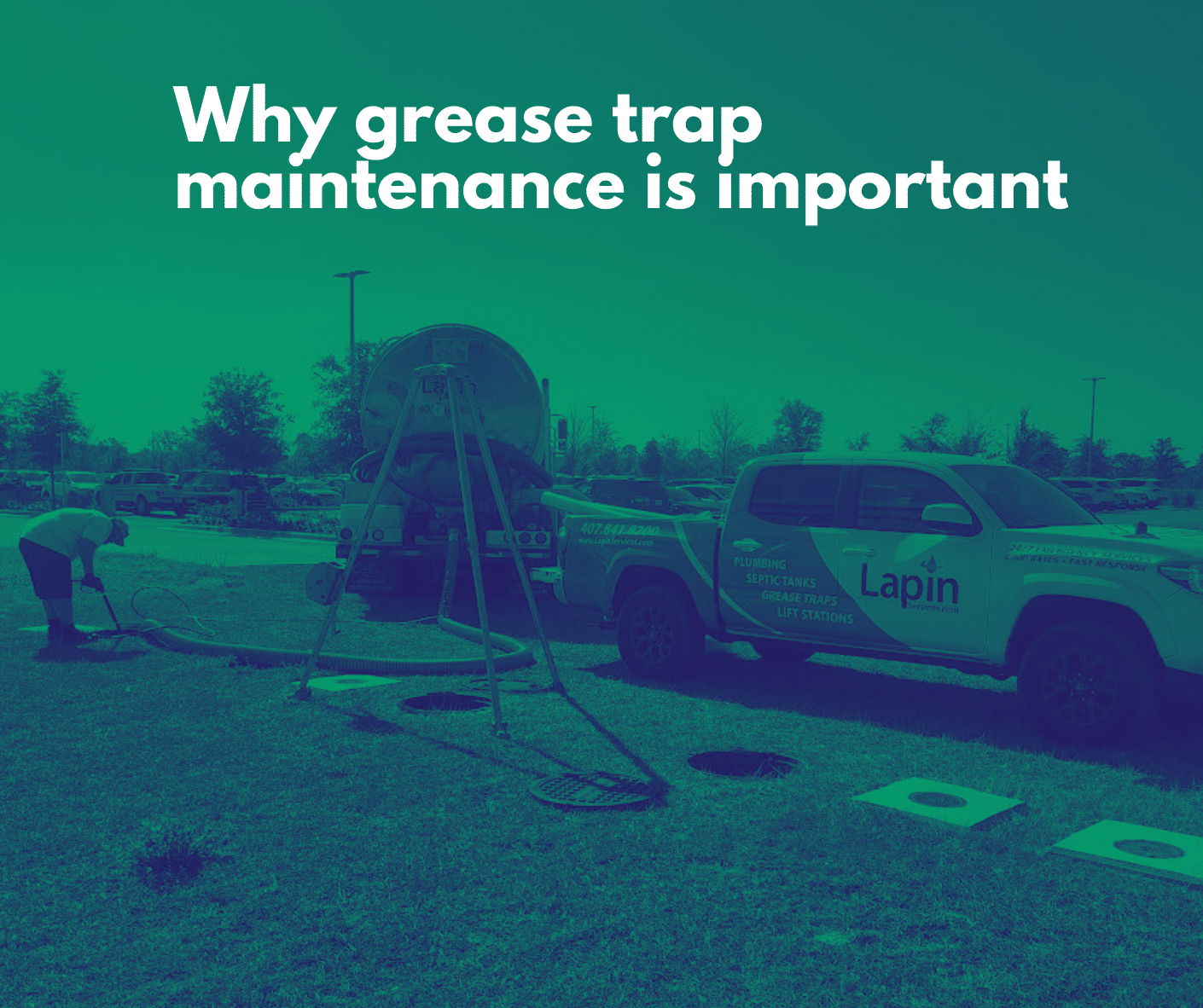The Main Principles Of Stillwell Septic And Grading
The Main Principles Of Stillwell Septic And Grading
Blog Article
The Basic Principles Of Stillwell Septic And Grading
Table of ContentsThe Basic Principles Of Stillwell Septic And Grading The smart Trick of Stillwell Septic And Grading That Nobody is DiscussingThe Best Strategy To Use For Stillwell Septic And GradingA Biased View of Stillwell Septic And GradingThe Buzz on Stillwell Septic And GradingSome Known Facts About Stillwell Septic And Grading.More About Stillwell Septic And Grading

Home owners ought to additionally educate themselves on the basics of septic tanks to ensure they make educated decisions throughout the installation procedure - Septic Tank Pumping. Septic systems are an important part of several homes that are not connected to a municipal sewer system. They are made to treat and take care of home wastewater on-site
The septic tank is a huge, underground container made of concrete, fiberglass, or plastic. The tank divides the solid waste from the liquid waste.
An Unbiased View of Stillwell Septic And Grading
It is additionally essential to preserve water and prevent overwhelming the system. Basic steps such as taking care of leaky taps and toilets, installing low-flow showerheads and bathrooms, and spreading out washing loads can help minimize water usage and expand the life of the septic system.
The topography of the website is additionally reviewed to make sure that the septic tank is mounted at the right altitude. https://www.cheaperseeker.com/u/stillwellsag. The system should be set up at a greater altitude than the surrounding area to prevent contamination of the surrounding environment. Setbacks are the minimum ranges needed by legislation in between the septic system and various other frameworks or features such as wells, structures, and home lines
The altitudes will ensure that the septic system works effectively, and wastewater is successfully treated. It ensures that the septic system is installed in the most optimal place, taking into consideration the soil, topography, and setbacks.
Our Stillwell Septic And Grading PDFs
Prior to setting up a sewage-disposal tank, property owners need to get authorizations and abide with guidelines. The laws vary relying on the state, region, and community. Therefore, it is essential to contact the local health and wellness division or building division to ensure compliance. A few of the authorizations and regulations that homeowners need to consider consist of:: Home owners need to acquire a permit from the local health and wellness division or structure department prior to setting up a septic system.
For circumstances, some districts may call for a minimal lot dimension for septic system installation.: Homeowners require to follow ecological regulations when installing a septic system. As an example, some states may need an ecological impact assessment before mounting a septic system.: Home owners need to comply with construction guidelines when mounting a septic tank.
All about Stillwell Septic And Grading
Some municipalities might call for routine inspections and pumping of the septic container. It is important for house owners to obtain permits and conform with laws before mounting a septic system.
One of the most important variables to take into consideration when picking a septic container is the dimension. A sewage-disposal tank that is as well little for the home's needs will call for even more frequent pumping, while a container that is as well large can result in extreme water buildup and possible system failing. A basic policy of thumb is that the tank ought to be able to hold at least 2 days' worth of wastewater.
3 Easy Facts About Stillwell Septic And Grading Explained

Plastic containers are cost effective and lightweight, yet they might not be as durable as various other products and can be vulnerable to splitting. It's likewise vital to think about the kind of system the septic system will be used with. There are 2 main kinds of septic systems: gravity and pressure. Gravity systems count on the natural flow of wastewater to move with the system, while pressure systems use a pump to relocate wastewater through the system.
Examine This Report on Stillwell Septic And Grading
Generally, selecting the appropriate septic tank for a home is a crucial choice that requires cautious factor to consider. Prior to setting up a septic tank, property owners should take specific steps to prepare for the installation procedure.
Below are some important precaution to adhere to: Use safety gear: Property owners should use safety equipment, such see page as gloves, boots, and safety helmets, to avoid injury during the installation procedure. Prevent electric lines: Homeowners should prevent excavating near electrical lines to avoid electrocution. Use care when operating heavy machinery: Home owners must use care when operating hefty equipment to stop mishaps and injuries.
A Biased View of Stillwell Septic And Grading
By adhering to these necessary actions, property owners can guarantee a successful sewage-disposal tank installment process. Sewage-disposal tank installment is a crucial procedure that needs mindful preparation and execution. Property owners who are installing a sewage-disposal tank for the very first time should be aware of the important steps entailed in the process to make certain that their septic system operates efficiently and effectively.

Report this page